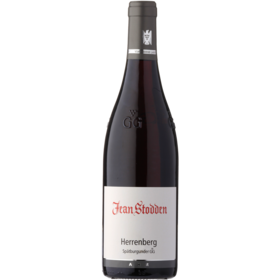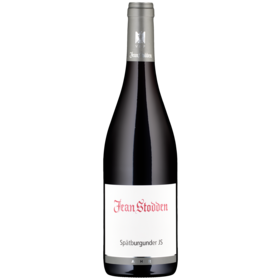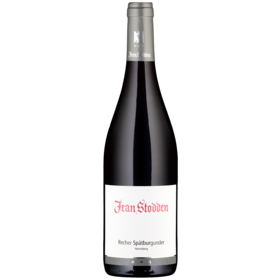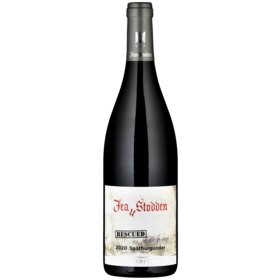Germany
Ahr
The Ahr Valley is a paradise for that most Burgundian of grape varieties, Pinot Noir – or Spätburgunder, as it is known in Germany. Its red wines have long been among the country’s best, with a velvety, fruity style that has attracted international attention.
Winegrowing on the Ahr dates as far back as the Romans, who took such a liking to this area nestled between the Eifel uplands and the River Rhine that they planted vines there. Today, the Ahr Valley is one of Germany’s best-known regions for red wine.
Unique microclimate
The wine region of the Ahr follows the course of the eponymous river on the northern fringes of the German federal state of Rhineland-Palatinate. With the Ahr flowing in an east-north-east direction, the left bank of the river in particular enjoys plenty of sunshine. Microclimate has an impact on the 562 hectares under vine. Low-lying sites not far from the mouth of the Ahr benefit from the warming influence of the Rhine, while the surrounding hills act as a rain shadow that shelters the valley. Meagre soils consisting of weathered slate, loess-loam, gravel, volcanic rock and greywacke absorb the sun’s direct rays during the day and slowly release this energy at night, supplying the grapes with warmth around the clock.
Pinot is king
A total of 45 white and 22 red grape varieties are permitted for cultivation, although only a small number of these are of genuine relevance. Red varieties dominate, accounting for around 84% of the area under vine. Spätburgunder (Pinot Noir) is by far the most important grape, covering 63% of the vineyard area and producing outstanding, internationally sought-after wines. Red grapes such as Portugieser, Frühburgunder (Pinot Noir Précoce), Dornfelder and Domina are also grown, as are white grapes such as Riesling, Müller-Thurgau and Weissburgunder (Pinot Blanc).
The 2021 flood disaster
Devastating floods hit the Ahr Valley in July 2021, destroying around 10% of lower-lying vineyards, leaving cellars inundated, and wreaking havoc on bottles, barrels and tanks. The impact of the disaster can still be felt today, and rebuilding work is ongoing.










